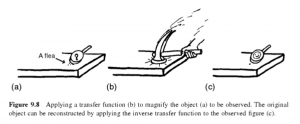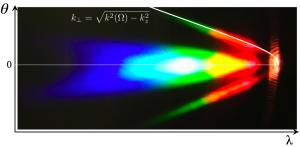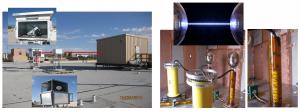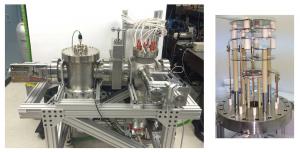Development of fs sources
This group was one of the first to recognize the essential role of dispersion in femtosecond laser cavities, and to achieve intracavity pulse compression with prisms [W. Dietel, J.J. Fontaine and J.-C. Diels, Optics Lett. 8, 4-6 (1983)], leading to 60 fs pulses, the world record in the early 80's.




